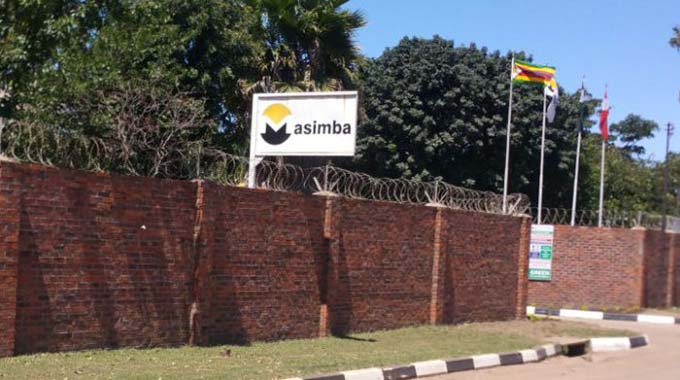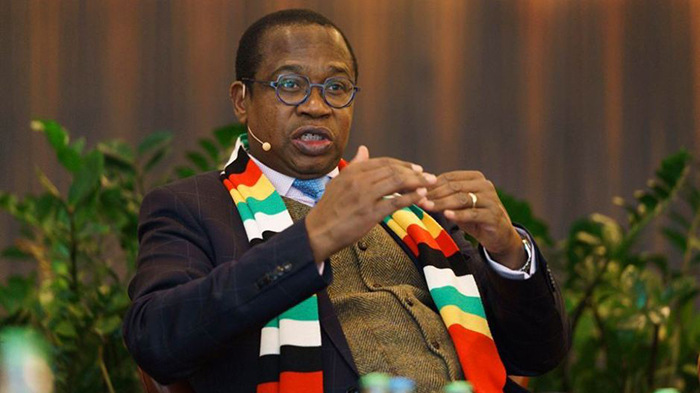Govt flags downside risks to 2025 growth projection
The Government has sounded a note of caution on its ambitious 6,5 percent economic growth projection for 2025, highlighting potential risks that could derail the target.
The positive growth projection of 6,5 percent in 2025 is well above the NDS1 target of 5 percent.
“Growth in 2025 is expected to benefit from the recovery in agriculture, attributable to the expected normal to above normal rainfall season, as well as increased activities in the manufacturing sector, which will benefit from investments in new steel production,” reads part of the 2025 Budget Strategy Paper released by Finance, Economic Development and Investment Promotion Minister Mthuli Ncube.
However, while the country is optimistic about its economic trajectory, fuelled by anticipated improvements in agriculture, energy, and key sectors, geo-political tensions, softening of commodity prices, climate change impacts and continued global supply chain disruptions, pose significant threats.
Mthuli outlined the primary risks to the projection, emphasising the vulnerability of the economy to global commodity price fluctuations.
“Downside risks to the growth projections will mainly arise from a decline in international mineral commodity prices that could affect mining sector activities, as well as adverse weather conditions that could impact negatively on agricultural output,” he warned.
Additionally, the country’s reliance on agriculture for food security and export revenue makes it susceptible to adverse weather conditions. A poor agricultural season could ripple through the economy, affecting food prices, rural incomes, and overall economic activity.
Mthuli acknowledged the complex global environment, characterised by geopolitical tensions, supply chain disruptions, and softening of commodity prices.
“Risks to this growth projection will emanate mainly from geo-political tensions, softening of commodity prices, climate change impacts and continued global supply chain disruptions,” he said.
Despite these challenges, the Government remains confident in its ability to navigate these headwinds.
The projected growth is predicated on a favourable agricultural season, supported by anticipated normal to above-normal rainfall.
Furthermore, the Government is also committed to improving the energy supply through increased power generation, which is crucial for industrial activity and overall economic performance.
“Stable electricity generation at Hwange 7 and 8, as well as completion of major investments in manufacturing, mining and tourism sectors,” is expected to contribute significantly to economic expansion,” Mthuli stated.
To bolster the economy’s resilience, the Government has emphasised the importance of macroeconomic stability.
“Stabilising the macro-economic environment and the domestic currency, ZiG, will be an important step in mitigating the above risks, build resilience and engender sustained higher levels of economic growth and development,” said Mthuli.
Analyst, Walter Mandeya of Trigrams Investment said while the 6,5 percent growth target is ambitious, “the Government’s acknowledgment of potential risks demonstrates a pragmatic approach to economic planning”.
“By carefully monitoring global and domestic developments and implementing appropriate measures, Zimbabwe aims to mitigate these challenges and achieve its growth objectives,” he said.
He, however, cautioned that the success of these efforts will depend on the Government’s ability to implement sound policies, attract foreign investment, and address structural challenges such as infrastructure deficits and corruption.
“Ultimately, the realisation of the projected growth rate will hinge on a delicate balancing act between harnessing domestic potential and navigating a complex global economic landscape.”-ebsinessweekl










